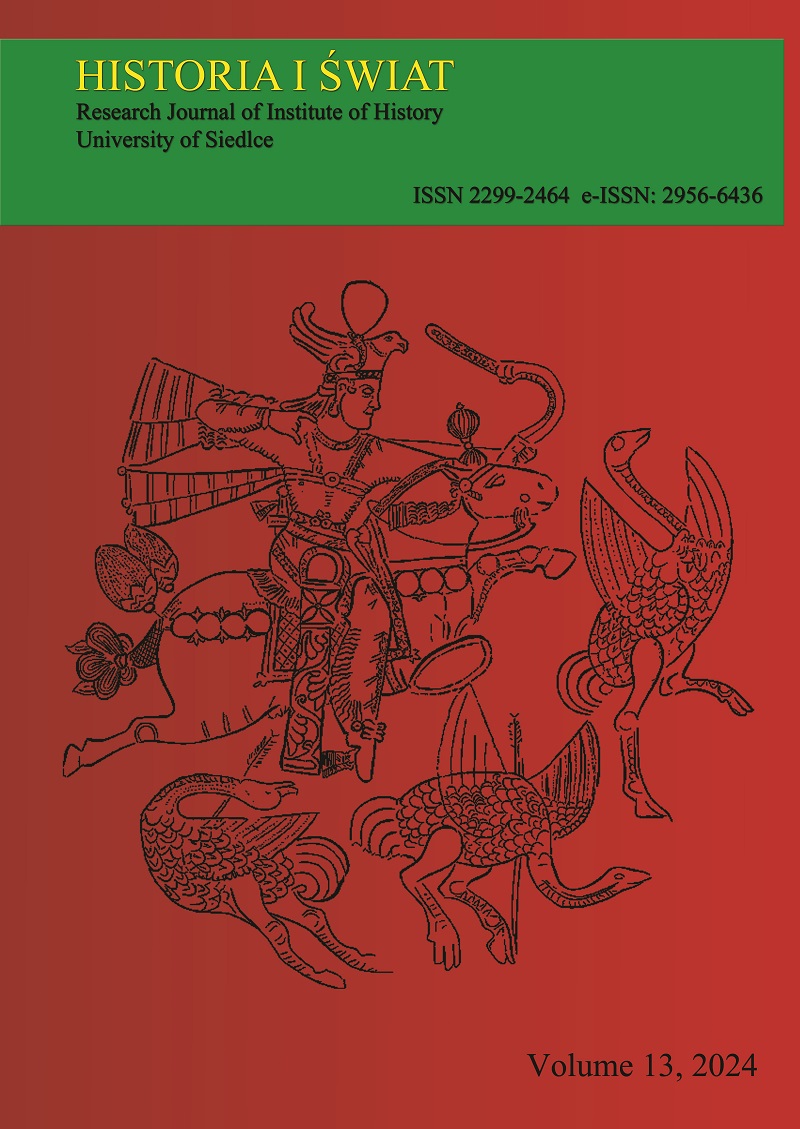Prostitution and its perception as a social and economic phenomenon in Iran and the Caucasus in the late Middle Ages
DOI:
https://doi.org/10.34739/his.2024.13.17Keywords:
Prostitution, Middle Ages, Iran, Caucasus, Ilkhanids, Safavids, TamghaAbstract
The connection between the Iranian world and the Caucasus is longstanding and encompasses various areas, including history, culture, language and religion. The objective of this article is to investi-gate the prevalence and taxation of prostitution in late medieval Iran from the inception of the Mongol period (Ilkhanate) to the decline of the Safavids. Prostitution was increasingly perceived as a form of tra-de and was therefore subject to taxation in the same way as other forms of trade. Notwithstanding the efforts of secular authorities to eradicate it and in spite of the fact that in Muslim Iran prostitution was deemed a breach of Islamic law, the practice endured on a notable scale.
Downloads
Downloads
Published
Issue
Section
License
Copyright (c) 2024 Historia i Świat

This work is licensed under a Creative Commons Attribution-NoDerivatives 4.0 International License.




